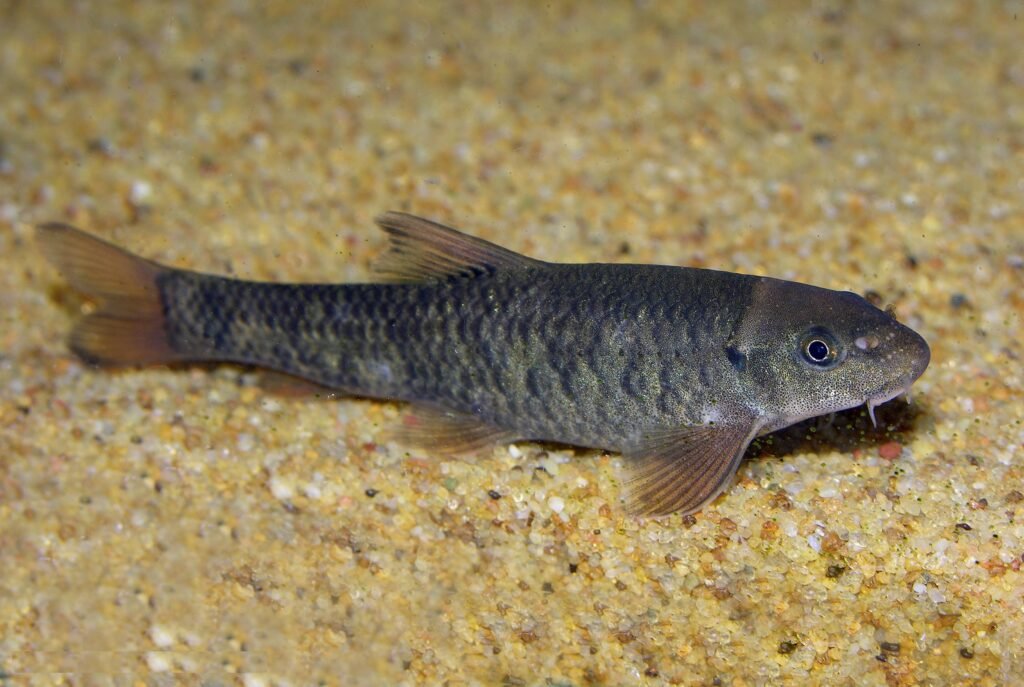Are fish pedicures safe? This is a question that has been asked by many people who are curious about this unique and unusual beauty treatment. Fish pedicures, also known as fish spas or fish therapy, involve submerging your feet in a tank of water filled with small fish that nibble on the dead skin cells on your feet, leaving them feeling soft and smooth.
While some people swear by the effectiveness of fish pedicures in achieving soft and smooth feet, others are hesitant to try them due to safety concerns. In this article, we will debunk the myths and misconceptions surrounding fish pedicures and provide you with the information you need to make an informed decision about whether fish pedicures are safe or not.
What are fish pedicures?

Fish pedicures are a type of spa treatment that involves submerging your feet in a tank of water filled with small fish called Garra Rufa. These fish are sometimes referred to as “doctor fish” because they are believed to have healing properties. The fish nibble on the dead skin cells on your feet, leaving them feeling soft and smooth.
The safety concerns surrounding fish pedicures
There are several safety concerns surrounding fish pedicures that have caused many people to be hesitant to try this treatment. Here are some of the most common safety concerns:
- Infection risk: The warm water in the fish tank can provide a breeding ground for bacteria, which can increase the risk of infection.
- Disease transmission: There is a risk of disease transmission between clients if the fish are not properly sanitized between uses.
- Fish welfare: Some people are concerned about the welfare of the fish used in fish pedicures and believe that they may be subjected to cruel conditions.
- Allergic reactions: Some people may be allergic to the fish used in fish pedicures or the water in the tank.
Debunking the myths and misconceptions
Despite the safety concerns surrounding fish pedicures, many of the myths and misconceptions surrounding this treatment are unfounded. Here are some of the most common myths and misconceptions about fish pedicures:
Myth 1: Its illegal
One of the most common myths about fish pedicures is that they are illegal. While there are some countries and states that have banned fish pedicures, they are legal in many other places. In the United States, for example, fish pedicures are legal in most states.
Myth 2: Fish pedicures are unsanitary
While there is a risk of infection and disease transmission with fish pedicures, this risk can be mitigated by proper sanitation practices. Reputable fish spas will sanitize the tanks and the fish between uses to ensure that they are clean and free from bacteria.
Myth 3: Fish pedicures are painful
Many people are hesitant to try fish pedicures because they believe that the fish will bite and cause pain. However, the Garra Rufa fish used in fish pedicures do not have teeth and cannot bite. Instead, they nibble on the dead skin cells, which is a painless process.
Myth 4: Fish pedicures are cruel to the fish
While some people are concerned about the welfare of the fish used in fish pedicures, the Garra Rufa fish are actually well-suited to this type of treatment. They are a species of fish that are native to hot springs and thermal pools in Turkey, and they are adapted to living in warm water with low levels of oxygen. Fish spas that use Garra Rufa fish are required to follow regulations that ensure the welfare of the fish, such as providing appropriate water temperature and quality and limiting the number of clients per fish tank.
Myth 5: Fish pedicures are a miracle cure
While fish pedicures can be effective in removing dead skin cells from the feet, they are not a miracle cure for all foot conditions. Fish pedicures should not be used as a substitute for medical treatment for conditions such as fungal infections, warts, or other foot conditions.
Conclusion:
Are fish pedicures safe? While there are some safety concerns surrounding this treatment, many of the myths and misconceptions about fish pedicures are unfounded. With proper sanitation practices and regulation, fish pedicures can be a safe and effective way to achieve soft and smooth feet. If you are considering a fish pedicure, be sure to do your research and choose a reputable fish spa that follows proper sanitation practices.
Also Read: Age calculator tool
FAQs
A: Look for a fish spa that is licensed and regulated by local health authorities. Make sure that the spa follows proper sanitation practices and has clean tanks and fish. Ask the staff about their policies for cleaning and sanitizing the tanks and fish, and ask to see their permits and licenses.
A: The warm water in the fish tank can provide a breeding ground for bacteria, which can increase the risk of infection. There is also a risk of disease transmission between clients if the fish are not properly sanitized between uses. To reduce the risk of infection, choose a reputable fish spa that follows proper sanitation practices.
A: No, it is not recommended to get a fish pedicure if you have open cuts or wounds on your feet. This increases the risk of infection and disease transmission.







